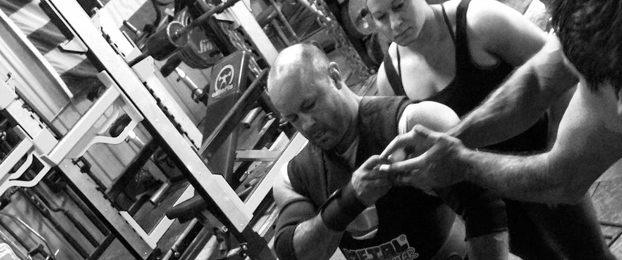
By Lee Zimmerman, BS, NASM, PES, and Robert Catalini, BS, MBA
According to the American College of Sports Medicine (ACSM), high cholesterol, or hyperlipidemia, is one of the primary causes of coronary artery disease. Several lifestyle modifications, including low fat and low cholesterol diets, cardiovascular exercise, and smoking cessation, can reduce this factor. Another way to reduce this risk is to add fish oil to your diet. When combined with a consistent routine of cardio fitness/conditioning, fish oil can lower cholesterol levels and thus reduce your risk of coronary artery disease.
Eicosapentaenoic acid (EPA) and docosahexaenoic acid (DHA), are two polyunsaturated fats, or good fats, and are primary ingredients of many fish oil products. They are primarily used to lower triglyceride levels and raise the “good” cholesterol, which is your high density lipid (HDL) level. Polyunsaturated fats come in Omega 3s and are considered essential fats. We cannot produce them in our bodies, and like vitamins, we cannot live without them. Studies have suggested that Omega-3s also reduce the risk of stroke.
The ACSM recommends regular participation in an exercise program (namely cardio) to lower triglycerides, raise HDLs (although not always), and raise enzyme activity in the metabolism of lipoproteins. When training those with hyperlipidemia, aim to expend calories by performing aerobic exercise at the 75 percent of age predicted heart max. This is calculated by subtracting your age from 220 and multiplying that number by 0.75. To establish the heart rate range, subtract 12 from this initial result.
The exercise program should last a minimum of 40 minutes in duration and be used 3–5 times a week. To lower cholesterol levels, the ACSM suggests using the program for 9–12 months in combination with diet modifications. Positive changes in your cardio fitness level should be evident within four months. Positive changes in the levels of Omega 3’s on lipids should be evident when the program has been used for at least nine months. Changes to triglyceride levels can be seen in the blood work usually within 2-3 months while positive changes in HDL levels usually require nine months or more. We suggest increasing your duration rather than intensity in such a program because we are powerlifters, not cardio queens. Increasing intensity beyond 75 percent will detract from your lifting gains.
Please forward questions to thgr8st1@aol.com.
References
Durstein J Larry, Moore Geoffrey E (2003) ACSM’s Exercise Management for Persons with Chronic Diseases and Disabilities, Second edition, Human Kinectics.
American College of Sports Medicine (2005) Guidelines for Exercise Testing and Prescription, Seventh edition, Lippincott Williams & Wilkins.








